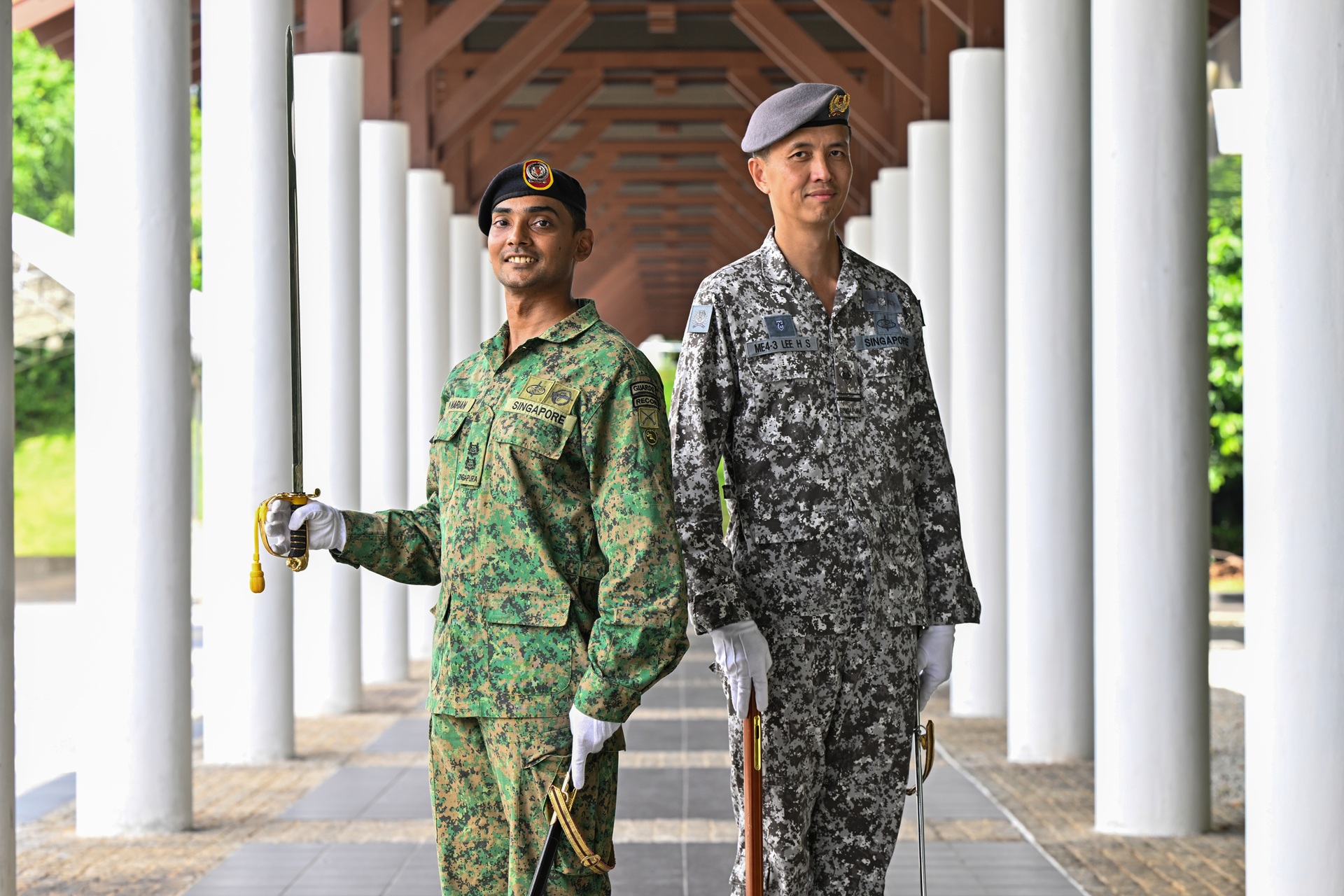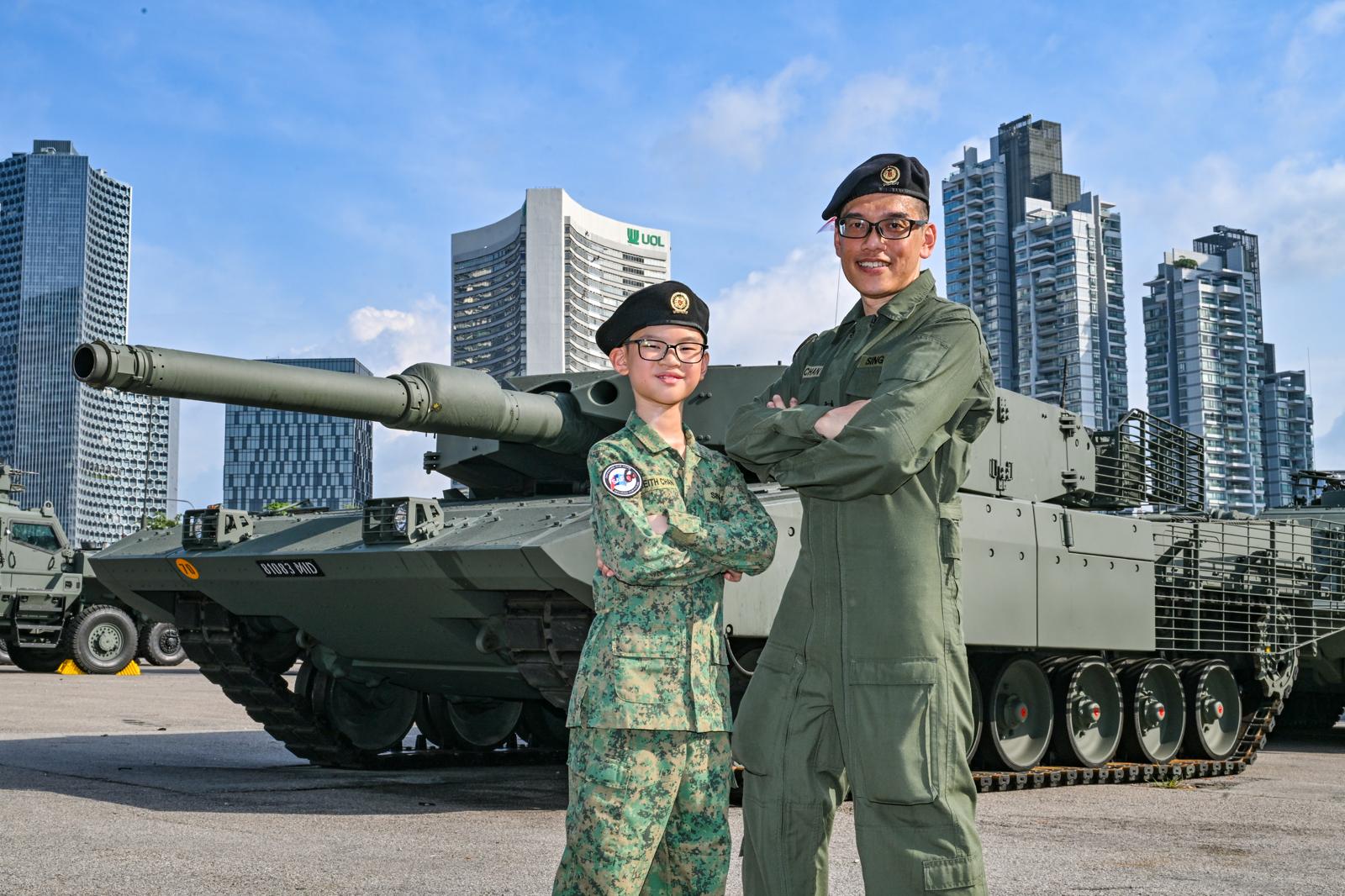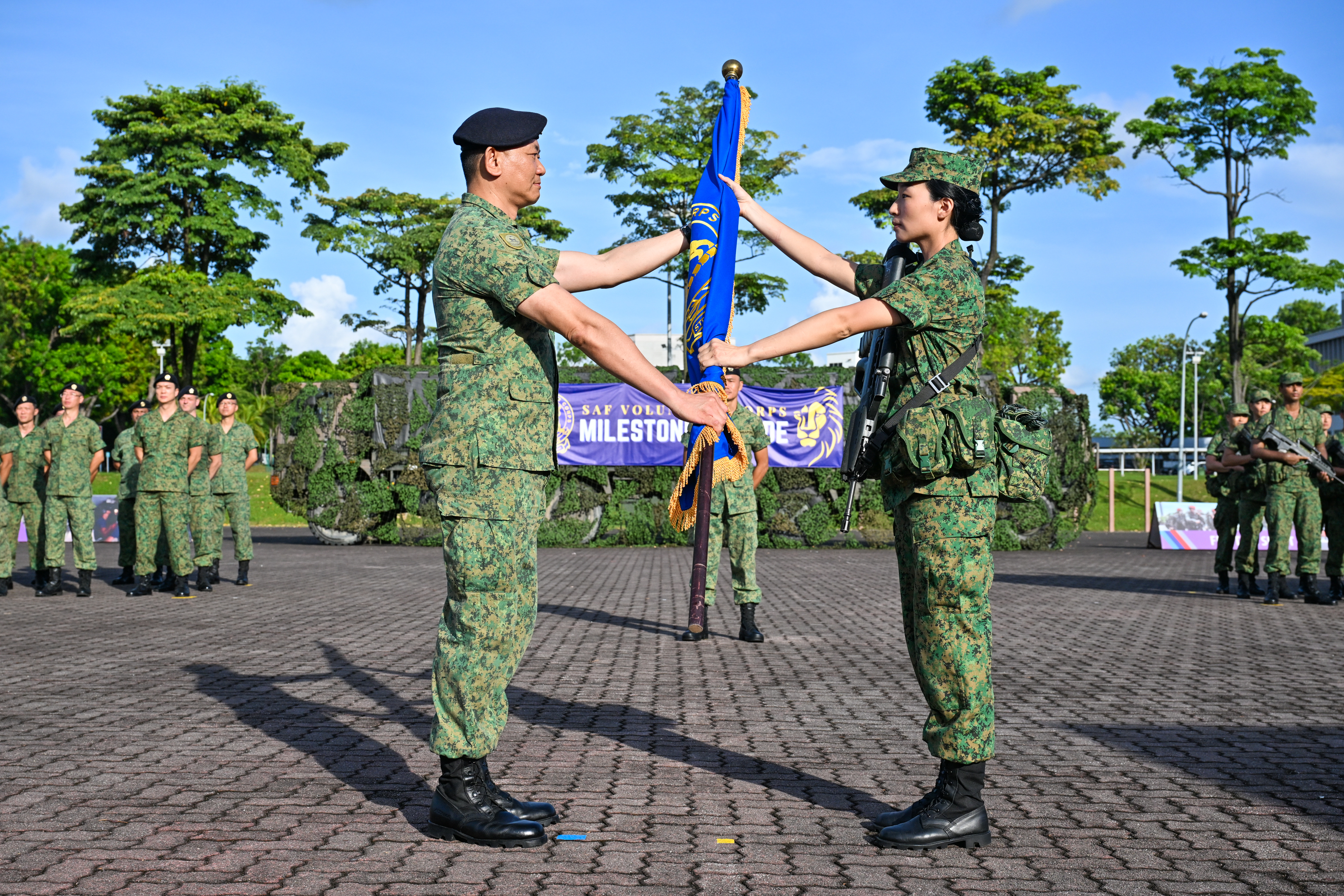12 SAF ACRONYMS YOU NEED TO KNOW
For those who are enlisting, this explainer can save your weekends - and "face". It’s no secret that the Singapore Armed Forces (SAF) is full of acronyms. Some are easily deciphered through common sense, while others take longer to decode.// Story by Teo Jing Ting
// Photos by PIONEER photographers
1) 11B
Ahh, the very first "present" you'll receive upon enlistment - in exchange for your pink NRIC. This green card will be your new form of identification throughout your National Service (NS).
And for those who sign on, this is their only identification card until they leave service.
For the uninitiated, 11B stands for 11 Basic Information. This includes your name, NRIC number, photo, race, blood group, birth date, country of birth, sex, service status, military rank status and address.
Tip: Having it entitles you to discounts and promotions on occasions like SAF day. And losing it means paying a fine of $50 and a dressing-down from your CSM (see acronym no. 10). So guard it well.
2) 5BX
It's the best wake-up call you'll ever get as a recruit. Just one round will rouse every lazy bone in your body.
5BX or 5 Basic Exercises consist of jumping jacks, the high jumper, crunches, push ups and running. It's also the most common form of PT (Physical Training) you'll encounter during NS.
Did we mention that it typically starts at 5.45am during Basic Military Training (BMT)? Time to prep yourself, both physically and mentally.
3) SOC
The Standard Obstacle Course or SOC is also known as the soldiers' playground. For the less physically inclined, it can be more challenging than fun.
Consisting of 12 stations, the SOC begins with the Low Wall, followed by Stepping Stones, Rubble, Tunnel, Dodging Panels, Low Rope, Ditch, Corridor, Balancing Bridge, Window and Apex Ladder, before ending with the Terrace.
It is here where recruits face their worst fears like acrophobia on the Apex Ladder station or having weak arms while trying to scale the Low Rope.
And when doing the SOC, you'll be geared up with the Singapore Assault Rifle (SAR) 21 and the iLBV, which means that you're carrying more than just your body weight.
4) iLBV
You know how Singaporean uncles love to wear vests with loads of pockets whenever they go overseas? The Integrated Load Bearing Vest or iLBV looks something like that.
Except that instead of wallet, keys and sunglasses, you'll be carrying soldiering equipment like the dummy grenade, toggle rope, arc of fire sticks, range card and torchlight.
5) IFC
Think field training 101. Digging shellscrapes? Check. Learning how to camouflage the SAF way? Check. How to scout ahead and attack targets in the jungle? Check.
Individual Field Craft or IFC is one of the milestones that every recruit will learn. From picking up field observation skills and tactical movements for both day and night, to life-saving tips such as how to break your fall while holding your rifle, it is often an eye-opening experience for city-dwelling recruits.
This is also the segment where fire movement drills are taught, where soldiers must learn to quickly take aim with their rifle in different positions like turning, proning, kneeling and standing. There's also the dreaded leopard crawl (while carrying your rifle) to avoid being spotted by the enemy.
Sounds tough? It's only the beginning.
6) IMT
The Individual Marksmanship Trainer, or the IMT, is where recruits practise their shooting in a safe yet realistic environment before firing for real. The indoor centre simulates a live-firing range and allows recruits to learn to fire their weapons accurately in a variety of shooting positions.
More importantly, the IMT also equips recruits with important safety knowledge and instils firing confidence. The IMT is sheltered and air-conditioned but that only means the training will carry on no matter the weather condition.
7) PC
The Platoon Commander or PC position is usually helmed by a junior officer who holds the rank of either 2nd Lieutenant or Lieutenant.
He or she is the person whom you'll see day in day out, and is in charge of the platoon as a whole.
Other commanders you'll meet daily will be your section commanders (usually Specialists holding the rank of 3rd Sergeant). They report to the platoon sergeant, who in turn reports to the PC.
8) OC
The Officer Commanding or OC is the person whom the PC reports to. The role is often taken up by a more experienced officer holding the rank of Captain.
This OC is the overall-in-charge of a company, which consists of four platoons.
Don't be a blur sotong: Always know the rank hierarchy so that you recognise who you're addressing!
9) CO
Usually helmed by a senior officer of Lieutenant Colonel (LTC) rank and above, the Commanding Officer or CO is in charge of a battalion or, in the case of BMTC, a school.
If you don't already know, there are a total of five schools in the Basic Military Training Centre (BMTC) - four in Pulau Tekong and one in Kranji Camp II.
10) CSM
The role of the Company Sergeant Major or CSM is somewhat akin to the logistics or operations manager. In addition to ensuring that the day-to-day operations are run smoothly, he or she is in charge of enforcing regimentation and discipline within the company.
These enciks (Malay term for warrant officer) may look pretty fierce and tough, but don't be too intimidated. They often make great life advisor and usually have plenty of interesting SAF stories to tell!
11) RSM
The person you do not want to mess around with. The Regimental Sergeant Major or RSM is the disciplinarian of the camp.
Hair getting a tad long? Uniforms out of place? This eagle-eyed person will spot these faults from far away and make sure that you adhere to the proper SAF standards. Just don't get into his bad books and you'll be safe.
12) AWOL
One of the easiest ways to get into big trouble: Under military law, being Absent Without Official Leave or AWOL simply refers to a soldier who is not where he or she is supposed to be, and not having a valid reason for their absence.
If found guilty, this can result you being thrown into the detention barracks for at least two weeks.
Our advice? Don't even think about it lah.
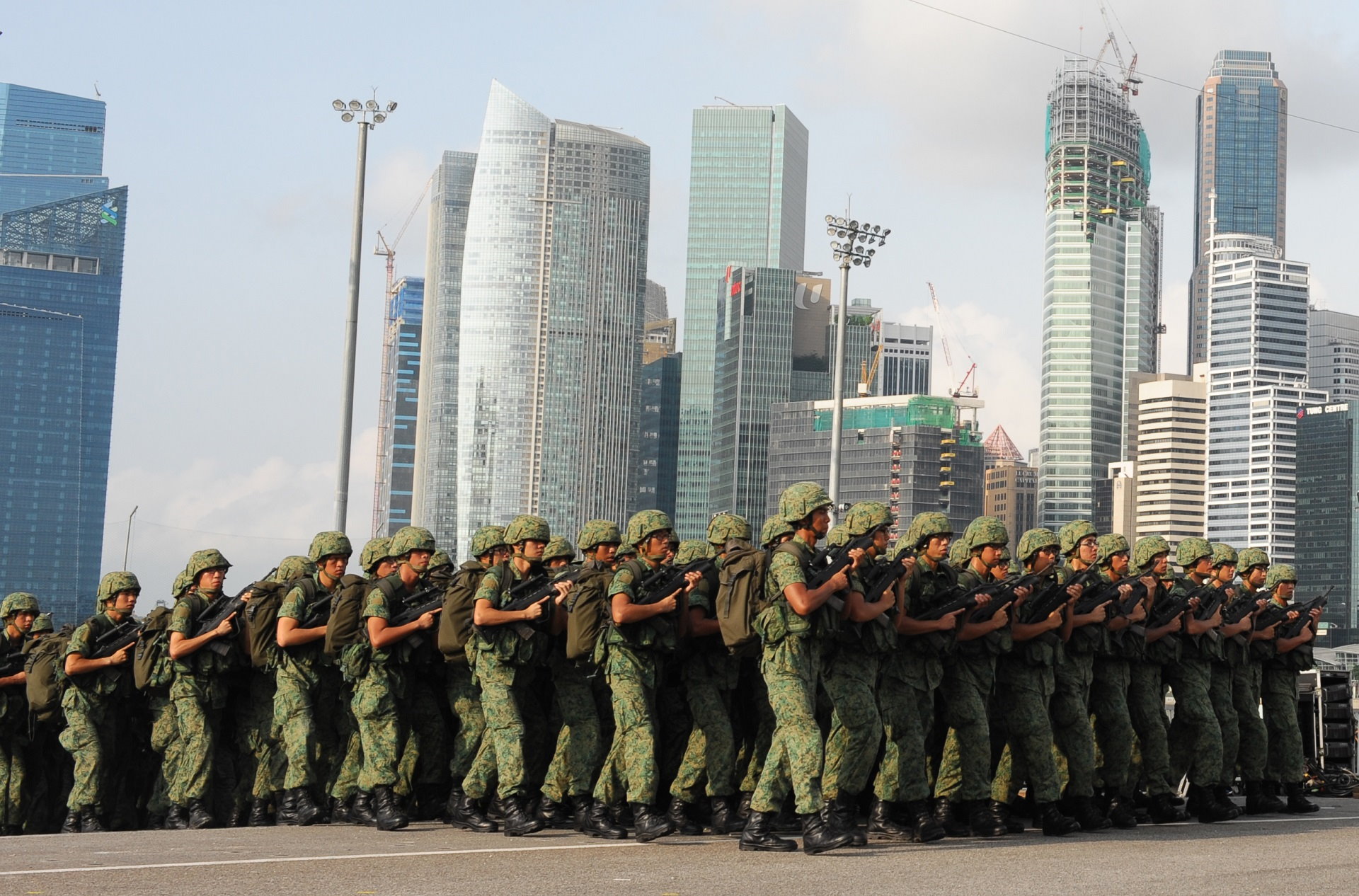
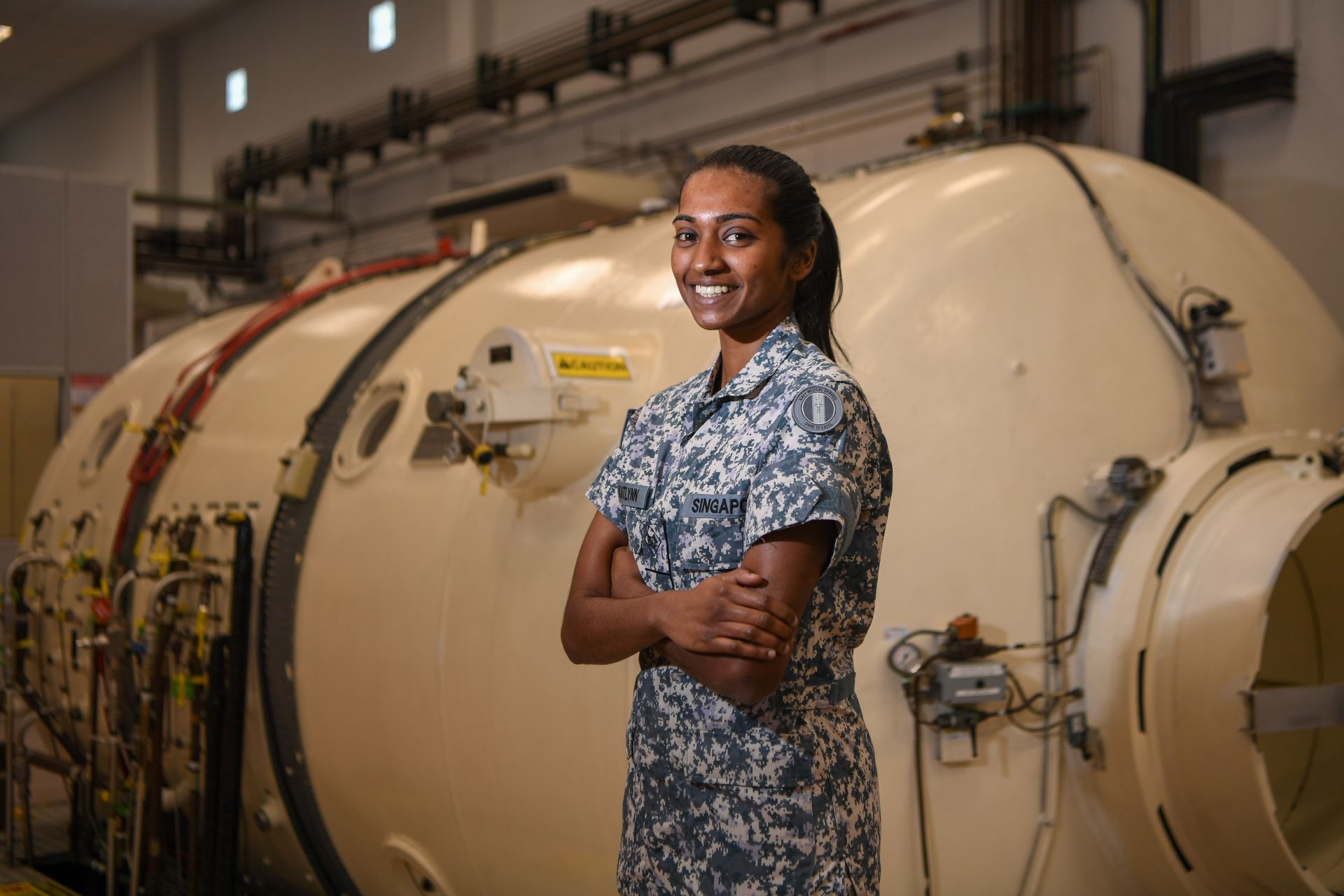
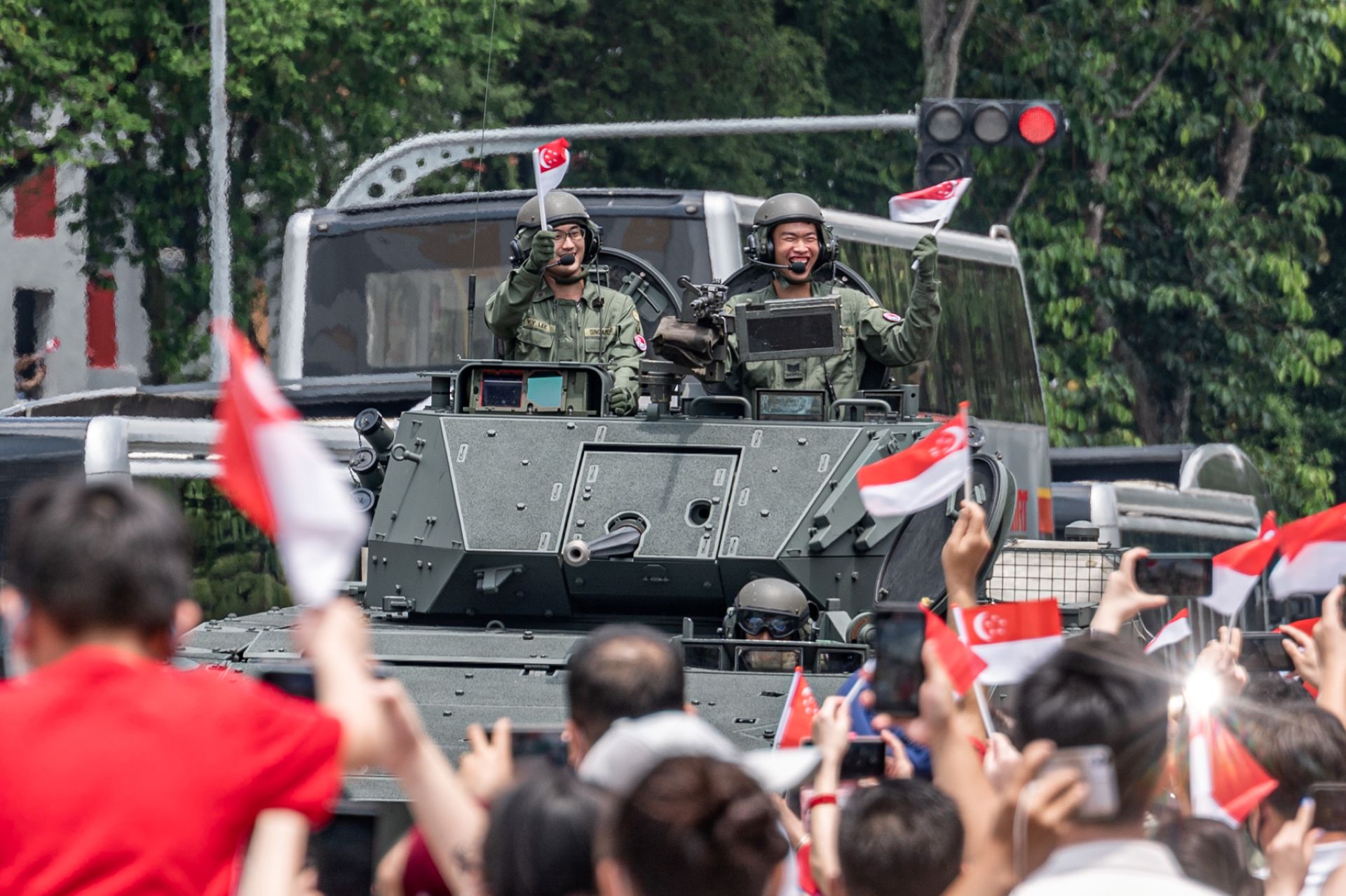
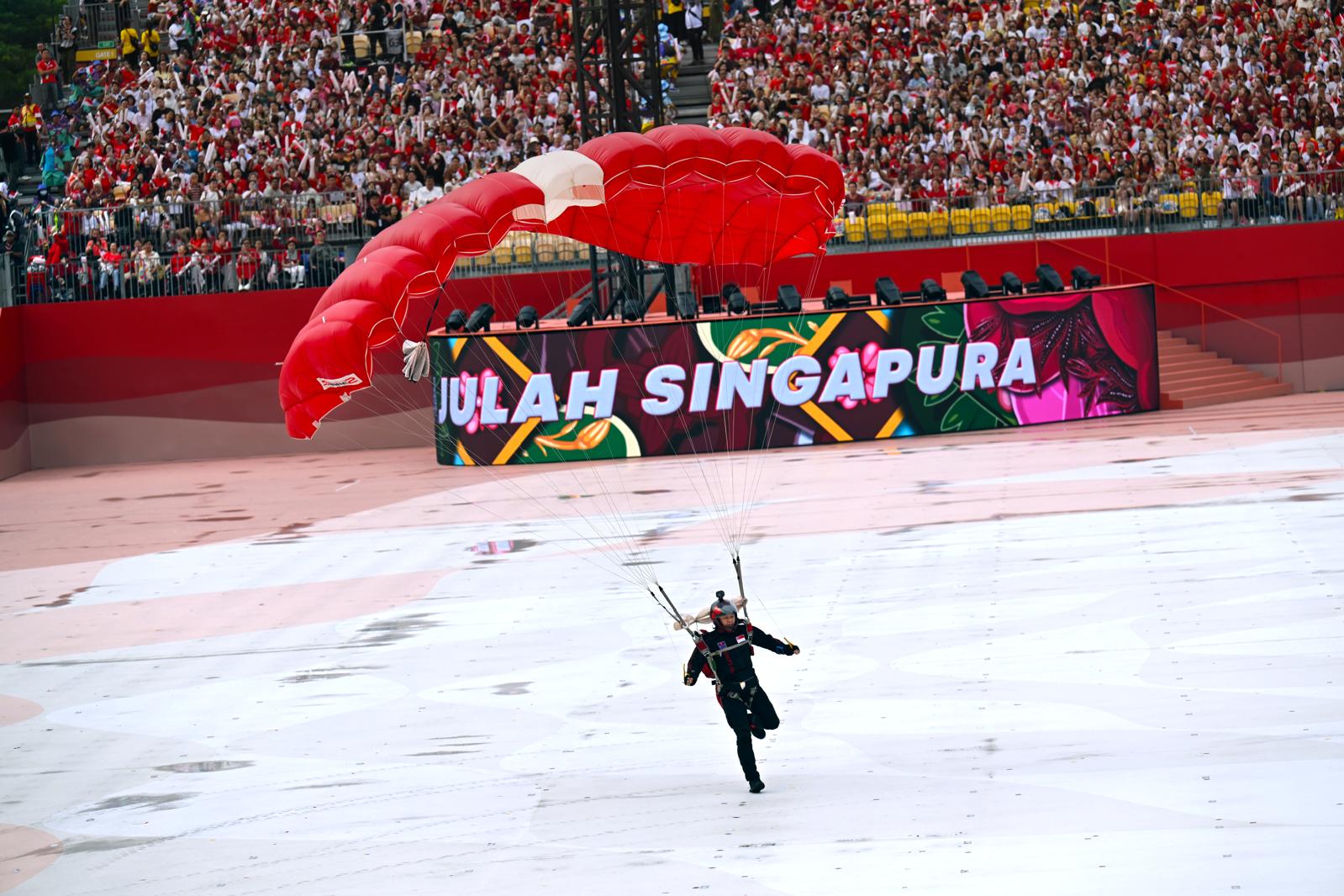
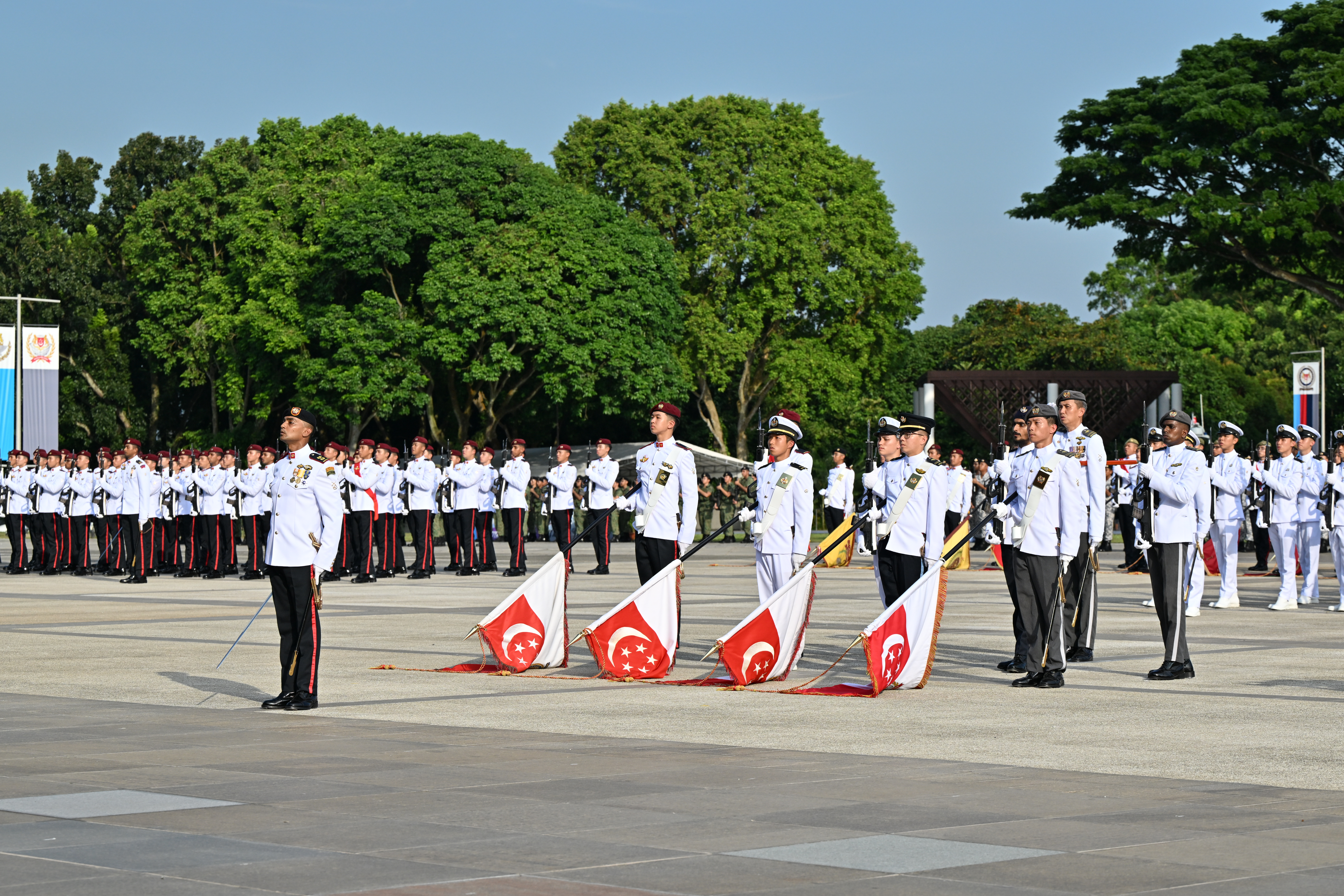
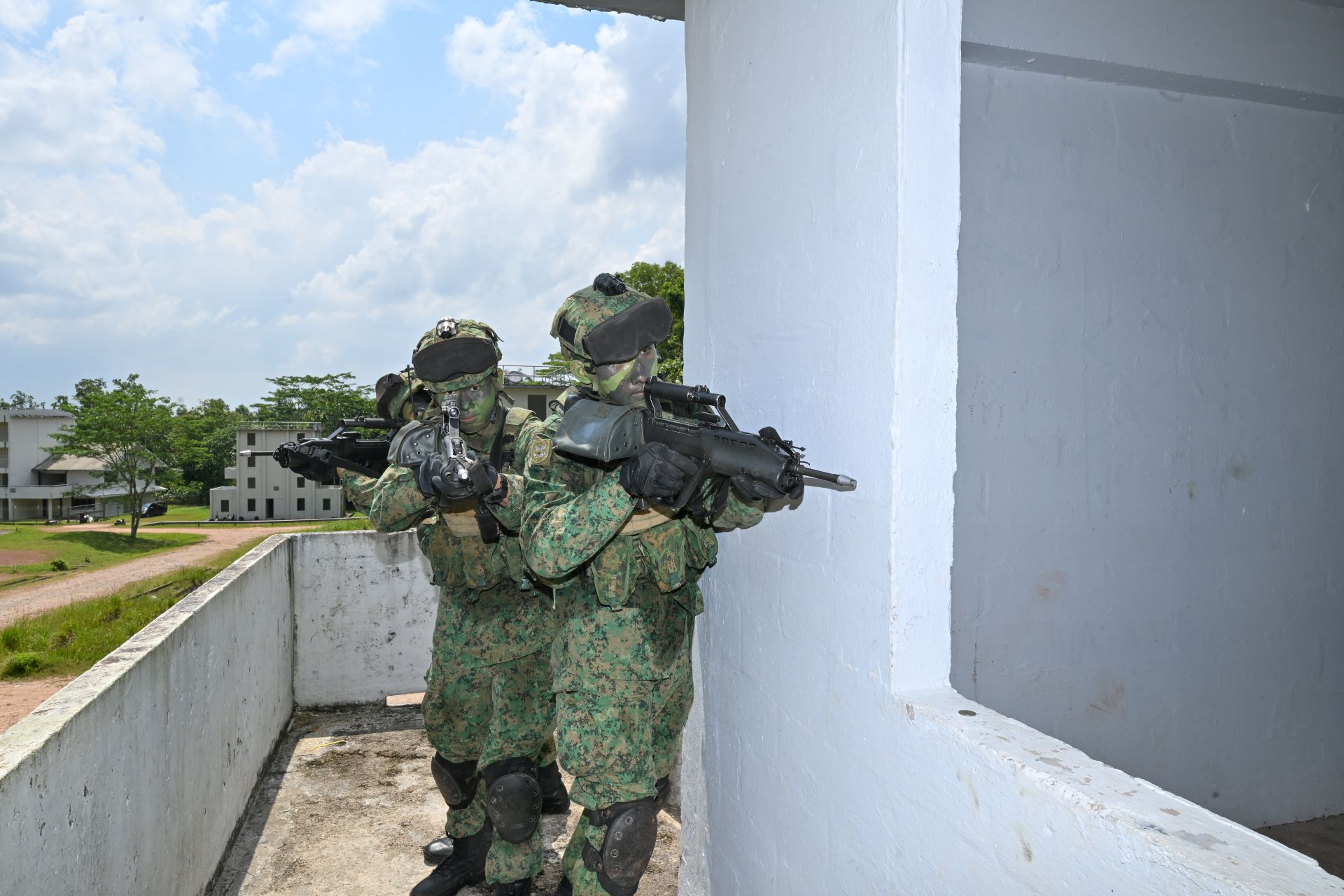
.jpg?sfvrsn=b5383902_1)
.jpg?sfvrsn=4eb1b86e_1)
